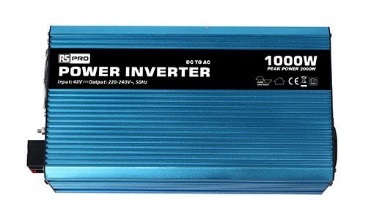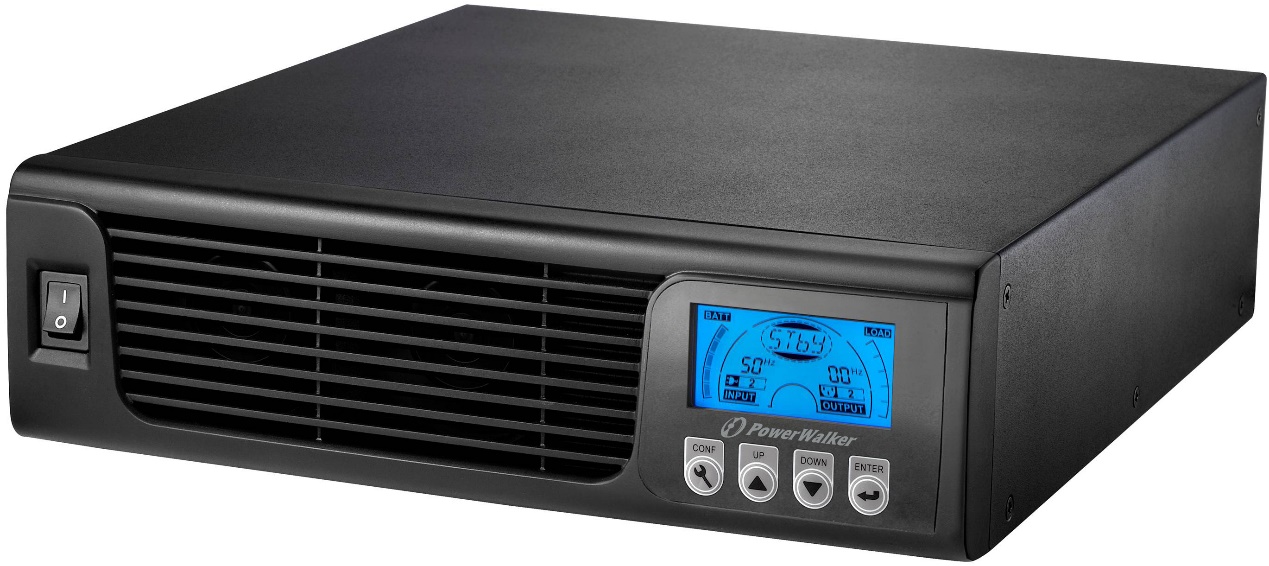
Blue jay: How to improve the service life of the inverter
Photovoltaic inverters are electronic products, limited by internal electronic components, they must have a certain life span. The life of the inverter is determined by the quality of the product, the installation and use environment, and subsequent operation and maintenance. So how to improve the service life of the inverter through correct installation, use and later operation and maintenance?
The main factors that affect the service life of the inverter are: 1. The internal temperature of the inverter 2. The input voltage and current parameters of the inverter; 3. The external environment in which the inverter runs.

1. The internal temperature of the inverter
The temperature inside the inverter is the most important factor affecting the life of the inverter. Excessive temperature will reduce the performance and life of the components. The internal capacitor of the inverter is a key factor affecting the life of the inverter.
The inverter itself is a heat source, and the power modules, inductors, switches, cables and other circuits inside will generate heat. In order to ensure the stability of the internal temperature of the inverter, special attention should be paid to the following matters during installation and use:
(1) The inverter must be installed in a ventilated space and maintain good ventilation with the outside world.
▲It is strictly forbidden to install the inverter in a closed box
(2) The installation position of the inverter should be avoided as far as possible from direct sunlight. If the inverter is installed outdoors, it is best to install it under the eaves on the sun-back side or under the solar modules, and the eaves or components above the inverter will block it. If it can only be installed in an open place, it is recommended to install a sunshade canopy above the inverter.
(3) Both single and multiple inverter installations must be installed in accordance with the installation space size given by the inverter manufacturer to ensure that the inverter has sufficient ventilation and heat dissipation space and operation space for later operation and maintenance.
(4) The location of the inverter should be as far away as possible from high-temperature areas such as boilers, oil-fired hot air blowers, heating pipes, and air outlets of air conditioners.
2. Input voltage and current parameters of the inverter
Improper matching of the inverter’s input voltage and current parameters will also affect the life of the inverter. The higher the voltage or current the internal components of the inverter bear, the shorter the life of the components.
In addition, although the restrictions on the capacity ratio have been released, excessive overmatching will cause the inverter to operate at full load for a long time, which will naturally affect the life of the inverter. For this reason, when designing the capacity ratio, in addition to considering the economy in addition to the above factors, the life factor of the inverter must also be fully considered.
3. The external environment for inverter operation
The external environment in which the inverter operates is also an important factor affecting the life of the inverter. At present, the protection level of string inverters on the market can reach IP65 or even IP66. It is dustproof, rainproof, and has salt spray corrosion resistance. It can adapt to harsh external environments, but in places with serious pollution or dust In more places, because the dirt falls on the radiator, it will affect the function of the radiator, and also affect the heat dissipation, thereby affecting the service life. In this case, it is particularly important to clean up the dirt on the inverter or the cooling fan on a regular basis, so that the inverter has good heat dissipation conditions.
One end of the inverter is connected to the photovoltaic array, and the other end is connected to the grid. The power quality of the grid will also affect the life of the inverter, and the life of the inverter will be reduced.

Summarize
After the inverters are shipped in batches, they undergo quality inspections one after another, and their design life is almost the same. Therefore, system design, installation, and subsequent operation and maintenance are key factors. In order to improve the actual service life of the inverter, on the one hand, it is necessary to create a good operating environment for the inverter to protect it from wind, sun, and rain; on the other hand, it is necessary to conduct regular inspections to keep the inverter The cooling air duct is unobstructed to avoid over-temperature derating and other failures.
Photovoltaic inverters are electronic products, limited by internal electronic components, they must have a certain life span. The life of the inverter is determined by the quality of the product, the installation and use environment, and subsequent operation and maintenance. So how to improve the service life of the inverter through correct installation, use and later operation and maintenance?
The main factors that affect the service life of the inverter are: 1. The internal temperature of the inverter 2. The input voltage and current parameters of the inverter; 3. The external environment in which the inverter runs.

1. The internal temperature of the inverter
The temperature inside the inverter is the most important factor affecting the life of the inverter. Excessive temperature will reduce the performance and life of the components. The internal capacitor of the inverter is a key factor affecting the life of the inverter.
The inverter itself is a heat source, and the power modules, inductors, switches, cables and other circuits inside will generate heat. In order to ensure the stability of the internal temperature of the inverter, special attention should be paid to the following matters during installation and use:
(1) The inverter must be installed in a ventilated space and maintain good ventilation with the outside world.
▲It is strictly forbidden to install the inverter in a closed box
(2) The installation position of the inverter should be avoided as far as possible from direct sunlight. If the inverter is installed outdoors, it is best to install it under the eaves on the sun-back side or under the solar modules, and the eaves or components above the inverter will block it. If it can only be installed in an open place, it is recommended to install a sunshade canopy above the inverter.
(3) Both single and multiple inverter installations must be installed in accordance with the installation space size given by the inverter manufacturer to ensure that the inverter has sufficient ventilation and heat dissipation space and operation space for later operation and maintenance.
(4) The location of the inverter should be as far away as possible from high-temperature areas such as boilers, oil-fired hot air blowers, heating pipes, and air outlets of air conditioners.
2. Input voltage and current parameters of the inverter
Improper matching of the inverter’s input voltage and current parameters will also affect the life of the inverter. The higher the voltage or current the internal components of the inverter bear, the shorter the life of the components.
In addition, although the restrictions on the capacity ratio have been released, excessive overmatching will cause the inverter to operate at full load for a long time, which will naturally affect the life of the inverter. For this reason, when designing the capacity ratio, in addition to considering the economy in addition to the above factors, the life factor of the inverter must also be fully considered.
3. The external environment for inverter operation
The external environment in which the inverter operates is also an important factor affecting the life of the inverter. At present, the protection level of string inverters on the market can reach IP65 or even IP66. It is dustproof, rainproof, and has salt spray corrosion resistance. It can adapt to harsh external environments, but in places with serious pollution or dust In more places, because the dirt falls on the radiator, it will affect the function of the radiator, and also affect the heat dissipation, thereby affecting the service life. In this case, it is particularly important to clean up the dirt on the inverter or the cooling fan on a regular basis, so that the inverter has good heat dissipation conditions.
One end of the inverter is connected to the photovoltaic array, and the other end is connected to the grid. The power quality of the grid will also affect the life of the inverter, and the life of the inverter will be reduced.

Summarize
After the inverters are shipped in batches, they undergo quality inspections one after another, and their design life is almost the same. Therefore, system design, installation, and subsequent operation and maintenance are key factors. In order to improve the actual service life of the inverter, on the one hand, it is necessary to create a good operating environment for the inverter to protect it from wind, sun, and rain; on the other hand, it is necessary to conduct regular inspections to keep the inverter The cooling air duct is unobstructed to avoid over-temperature derating and other failures.




